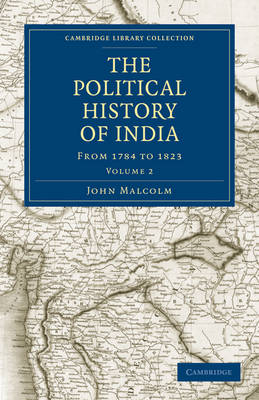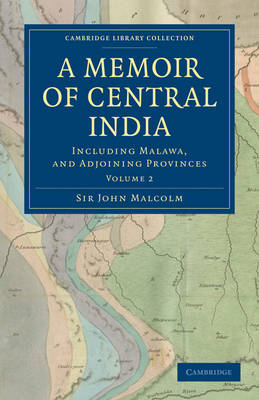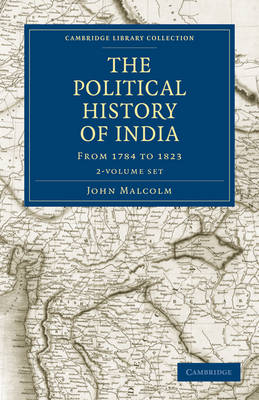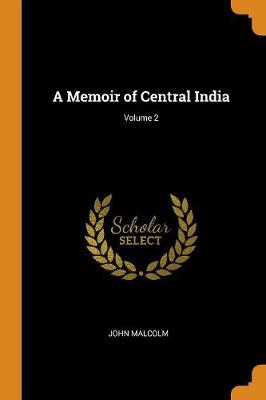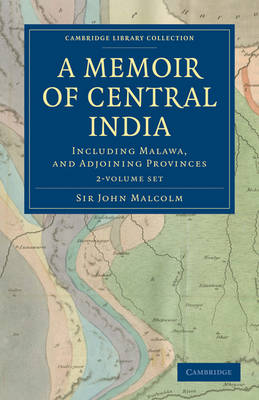Cambridge Library Collection - South Asian History
2 primary works • 9 total works
Volume 2
Volume 2
The Political History of India, from 1784 to 1823 2 Volume Set
by John Malcolm
The Political History of India, from 1784 to 1823: Volume 1
by John Malcolm
The Political History of India, from 1784 to 1823: Volume 2
by John Malcolm
